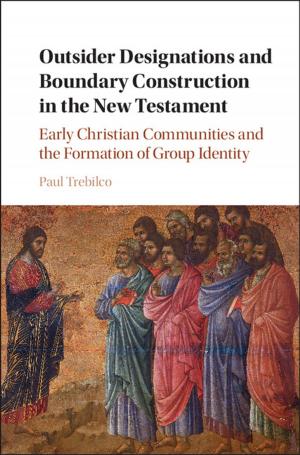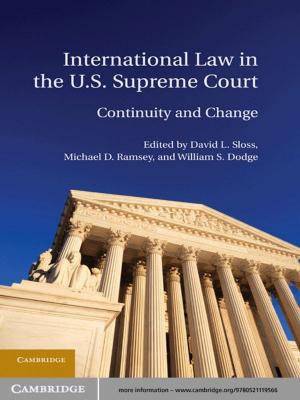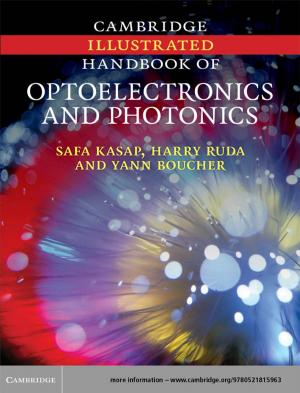Classical Groups, Derangements and Primes
Nonfiction, Science & Nature, Mathematics, Topology, Algebra| Author: | Timothy C. Burness, Michael Giudici | ISBN: | 9781316430545 |
| Publisher: | Cambridge University Press | Publication: | January 15, 2016 |
| Imprint: | Cambridge University Press | Language: | English |
| Author: | Timothy C. Burness, Michael Giudici |
| ISBN: | 9781316430545 |
| Publisher: | Cambridge University Press |
| Publication: | January 15, 2016 |
| Imprint: | Cambridge University Press |
| Language: | English |
A classical theorem of Jordan states that every finite transitive permutation group contains a derangement. This existence result has interesting and unexpected applications in many areas of mathematics, including graph theory, number theory and topology. Various generalisations have been studied in more recent years, with a particular focus on the existence of derangements with special properties. Written for academic researchers and postgraduate students working in related areas of algebra, this introduction to the finite classical groups features a comprehensive account of the conjugacy and geometry of elements of prime order. The development is tailored towards the study of derangements in finite primitive classical groups; the basic problem is to determine when such a group G contains a derangement of prime order r, for each prime divisor r of the degree of G. This involves a detailed analysis of the conjugacy classes and subgroup structure of the finite classical groups.
A classical theorem of Jordan states that every finite transitive permutation group contains a derangement. This existence result has interesting and unexpected applications in many areas of mathematics, including graph theory, number theory and topology. Various generalisations have been studied in more recent years, with a particular focus on the existence of derangements with special properties. Written for academic researchers and postgraduate students working in related areas of algebra, this introduction to the finite classical groups features a comprehensive account of the conjugacy and geometry of elements of prime order. The development is tailored towards the study of derangements in finite primitive classical groups; the basic problem is to determine when such a group G contains a derangement of prime order r, for each prime divisor r of the degree of G. This involves a detailed analysis of the conjugacy classes and subgroup structure of the finite classical groups.















